On January 08, 1547 in Celtic History
Henry viii suppresses the chapter of st patricks cathedral, dublin
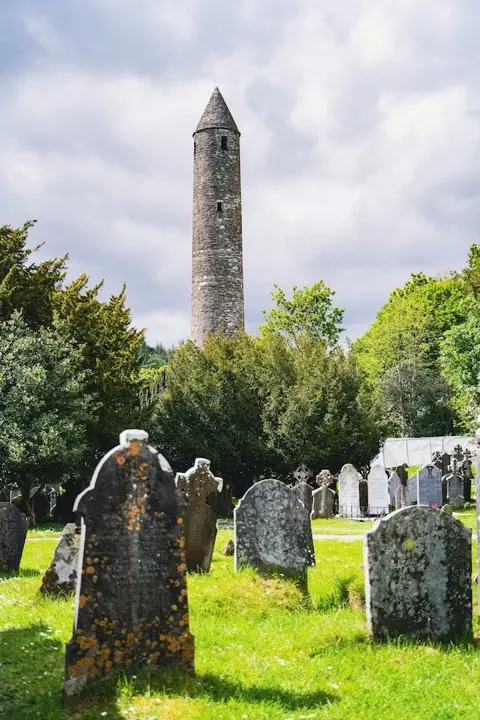
Henry VIII suppresses the Chapter of St Patricks Cathedral, Dublin; it will not be restored until 15 June 1555
Henry VIII, the King of England, is known for his role in the English Reformation and the Dissolution of the Monasteries. As part of these actions, he ordered the suppression of religious institutions and monastic communities, including the Chapter of St. Patrick’s Cathedral in Dublin, Ireland.
Key points about Henry VIII’s suppression of the Chapter of St. Patrick’s Cathedral:
-
Dissolution of the Monasteries: Henry VIII’s reign marked a period of significant religious and political change in England and its dominions, including Ireland. He initiated the Dissolution of the Monasteries, which involved the closure and confiscation of monastic properties and assets.
-
St. Patrick’s Cathedral: St. Patrick’s Cathedral in Dublin, also known as the National Cathedral and Collegiate Church of Saint Patrick, Dublin, is one of the most historic and significant religious sites in Ireland. During the Reformation, it was affected by Henry VIII’s policies.
-
Suppression of Chapters: As part of the Dissolution of the Monasteries, religious chapters, including the Chapter of St. Patrick’s Cathedral, were disbanded and their assets were seized. This marked a significant change in the governance and ownership of religious institutions.
-
Impact on Ireland: Henry VIII’s actions in Ireland had complex and long-lasting effects. They contributed to the English Crown’s control over religious institutions and assets in Ireland and had implications for the broader religious and political landscape in the country.
Henry VIII’s suppression of the Chapter of St. Patrick’s Cathedral in Dublin was part of a larger series of actions aimed at asserting royal authority over religious institutions and their resources during the English Reformation. This had a lasting impact on the relationship between the English Crown and religious establishments in Ireland.
Related Content

Shane Patrick Lysaght MacGowan, lead singer of the Pogues, died
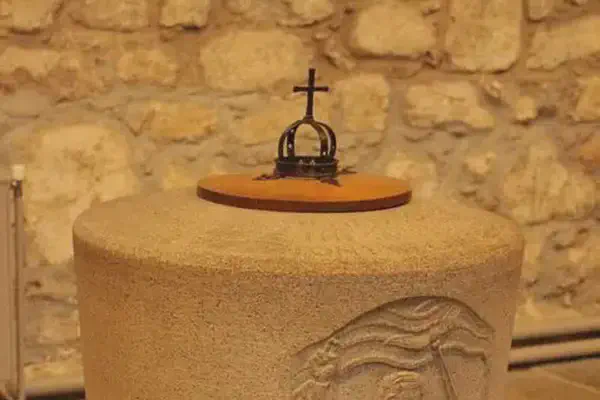
St Machar Day, patron saint of Aberdeen

Oíche Shamhna - Cetlic New Year Eve (Halloween)
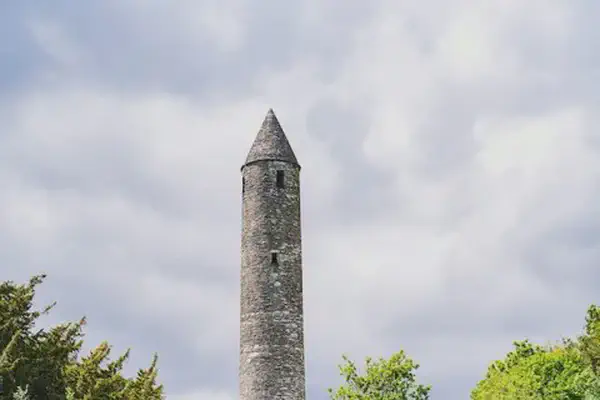
ALBAN ELFED (Welsh Bardic name for autumn equinox)
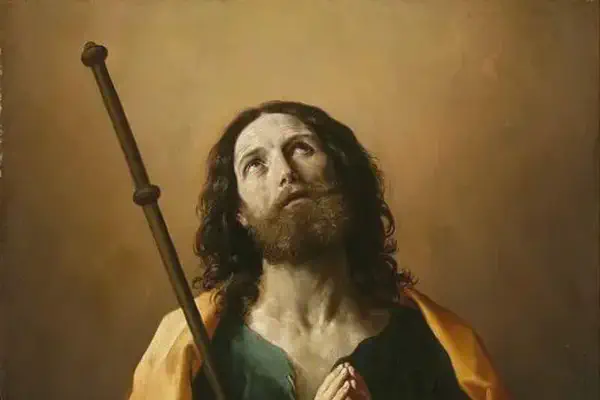
Feast day of St. James
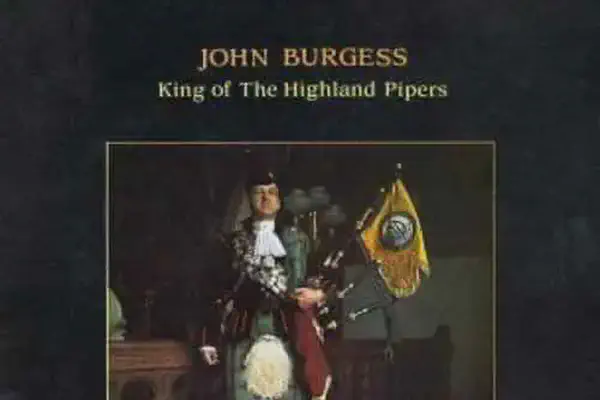
John Davie Burgess, King of the Highland Pipers, died at age 71.